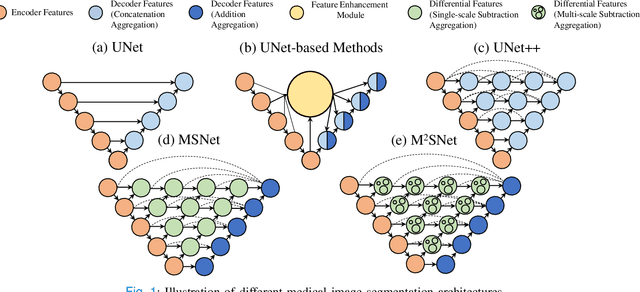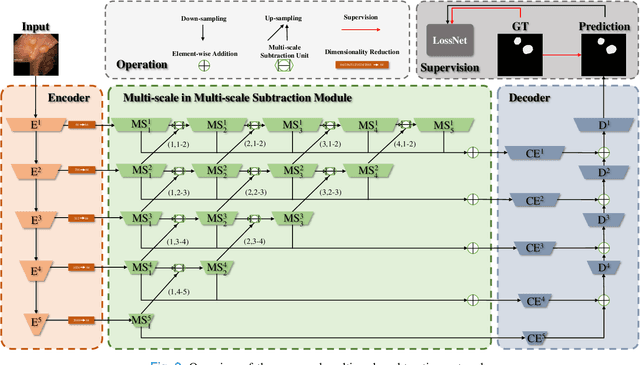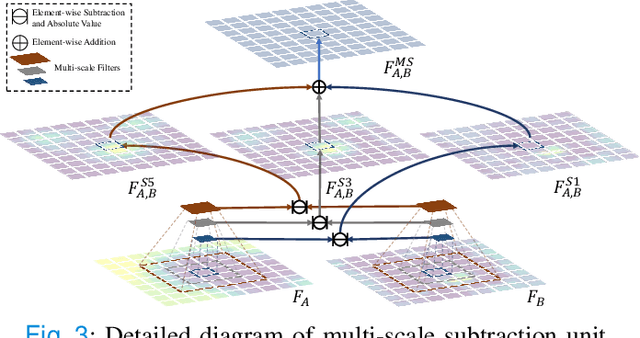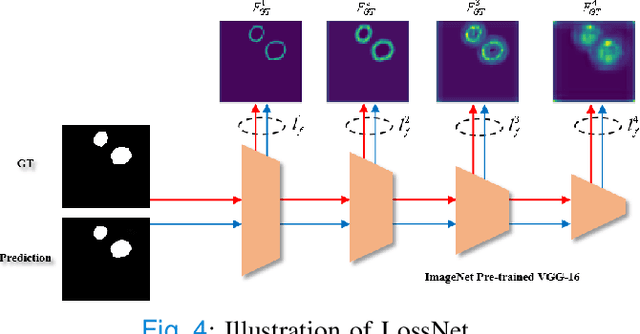Long Lv
CNIMA: A Universal Evaluation Framework and Automated Approach for Assessing Second Language Dialogues
Aug 29, 2024Abstract:We develop CNIMA (Chinese Non-Native Interactivity Measurement and Automation), a Chinese-as-a-second-language labelled dataset with 10K dialogues. We annotate CNIMA using an evaluation framework -- originally introduced for English-as-a-second-language dialogues -- that assesses micro-level features (e.g.\ backchannels) and macro-level interactivity labels (e.g.\ topic management) and test the framework's transferability from English to Chinese. We found the framework robust across languages and revealed universal and language-specific relationships between micro-level and macro-level features. Next, we propose an approach to automate the evaluation and find strong performance, creating a new tool for automated second language assessment. Our system can be adapted to other languages easily as it uses large language models and as such does not require large-scale annotated training data.
M$^{2}$SNet: Multi-scale in Multi-scale Subtraction Network for Medical Image Segmentation
Mar 20, 2023



Abstract:Accurate medical image segmentation is critical for early medical diagnosis. Most existing methods are based on U-shape structure and use element-wise addition or concatenation to fuse different level features progressively in decoder. However, both the two operations easily generate plenty of redundant information, which will weaken the complementarity between different level features, resulting in inaccurate localization and blurred edges of lesions. To address this challenge, we propose a general multi-scale in multi-scale subtraction network (M$^{2}$SNet) to finish diverse segmentation from medical image. Specifically, we first design a basic subtraction unit (SU) to produce the difference features between adjacent levels in encoder. Next, we expand the single-scale SU to the intra-layer multi-scale SU, which can provide the decoder with both pixel-level and structure-level difference information. Then, we pyramidally equip the multi-scale SUs at different levels with varying receptive fields, thereby achieving the inter-layer multi-scale feature aggregation and obtaining rich multi-scale difference information. In addition, we build a training-free network ``LossNet'' to comprehensively supervise the task-aware features from bottom layer to top layer, which drives our multi-scale subtraction network to capture the detailed and structural cues simultaneously. Without bells and whistles, our method performs favorably against most state-of-the-art methods under different evaluation metrics on eleven datasets of four different medical image segmentation tasks of diverse image modalities, including color colonoscopy imaging, ultrasound imaging, computed tomography (CT), and optical coherence tomography (OCT). The source code can be available at \url{https://github.com/Xiaoqi-Zhao-DLUT/MSNet}.
 Add to Chrome
Add to Chrome Add to Firefox
Add to Firefox Add to Edge
Add to Edge